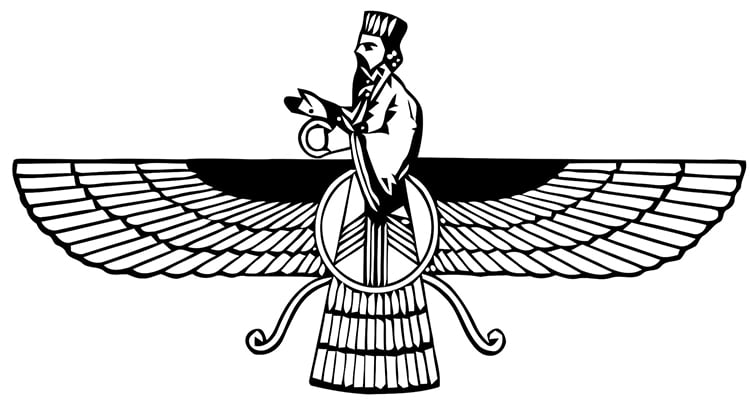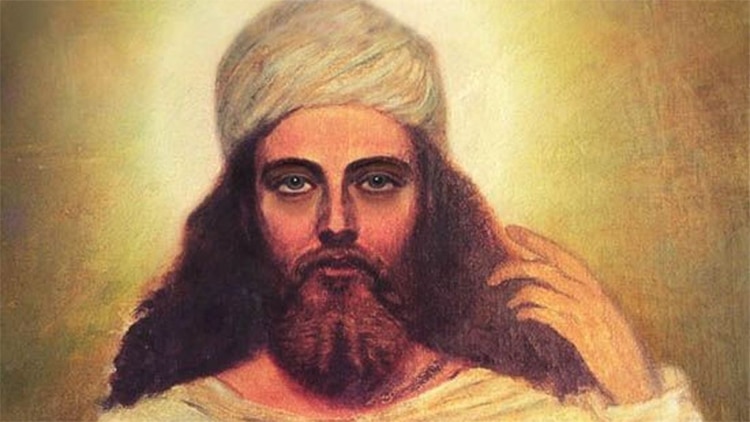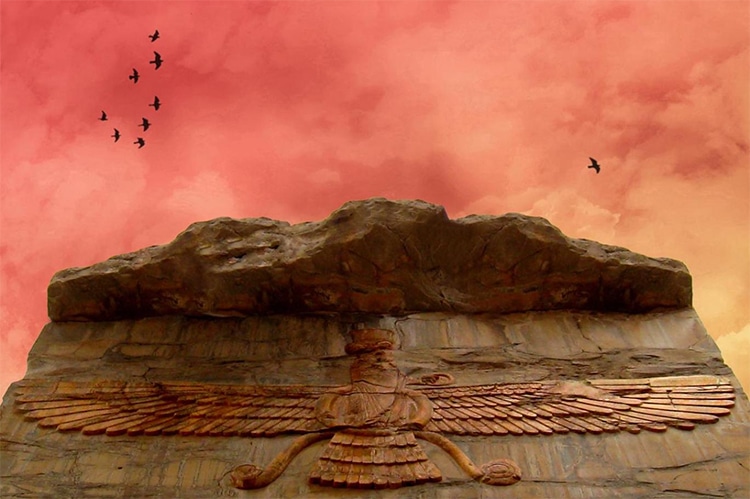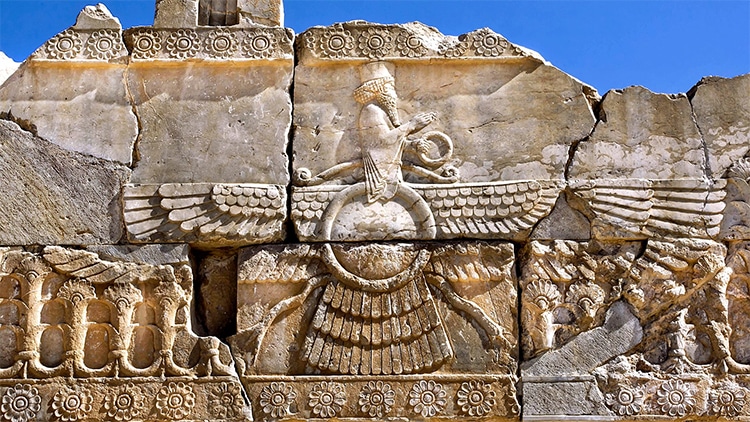The concept of ‘Zoroastrian’ or ‘Zoroastrianism’, which we are familiar with today, is known as one of the oldest beliefs in the world. What is Zoroastrianism, which draws attention with its unique and different rules?
Who is Zoroaster?
Zoroaster is known as the person who pioneered the Zoroastrian religion, and its story dates back to the sixth century BC. Researchers cannot find a common opinion about the clarity of the region where it was born or lived due to its period. Although certain clarifications indicate that it is Iranian, this situation has not yet been clarified. At the same time, some data suggest that Zarathustra’s life was only ‘based on legends’.
The Zoroastrian person, located at the intersection of guesses and legends, is known for revealing the religion of ‘Zoroastrianism’. With the spread of the Zoroastrian belief after his death, Zoroaster also mobilizes multiple masses. So why do the people around support the belief that Zarathustra created and not an ordinary person? When many religious events or concepts were flying in the air due to the conditions of the period, Zoroastrianism was seen as a ‘wise’ and even a ‘prophet’ by the people. This takes Zarathustra one step ahead of the common folk and makes him a ‘person to be heard’. Of course, this situation can be considered the most critical feature of Zoroaster in the eyes of the people.
Why did Zoroastrianism arise?
The religion of Zoroastrianism, which emerged in Iranian geography, also draws attention with its philosophical views according to its period. When the devotion to the concept of polytheism in Iran is accepted as the opposite by Zoroaster, this understanding is found very interesting by the people. The fact that the Zoroastrian belief consisted of different rules compared to the other religions of the period made people uneasy. However, with the emergence of this mysterious opinion, the Persian Empire’s official acceptance of the Zoroastrian belief may give us clues that the people accepted the faith. With the new belief system brought by Zoroaster, fundamental innovations are inevitable for the Empire and the people.
What kind of religion is Zoroastrianism?
In Zoroastrianism, ‘good and evil’ concepts are of great importance. It is believed that a person who believes in the existence of the invisible line between good and evil should always think about the good while choosing good or evil in their own life. In other words, in Zoroastrianism, people should always tend towards the good. Known as the founder of the Zoroastrian religion, Zoroaster says that the conflict and evil in the world are between the spirit of God and the spirit of the devil. According to ancient Persian mythology, the concept of the spirit of God means “Holy Spirit“, “good light“. It is defined as fighting in the name of good. The only thing people believing in Zoroastrianism religion must end this fight.
The Holy God “Ahura Mazda”, who appears on the side of goodness in the Zoroastrian faith, is considered the lord of knowledge according to the Zoroastrians. In this belief, the God called “Ahriman” is seen as a principle that reveals evil and dark deeds. According to the Zoroastrian belief, it is stated that Ahura Mazda and Ahriman Gods are in a constant war: the war of good and evil.
Ahura Mazda’s creation of animals that are beneficial to nature and innocent and Ahriman’s creation of predatory and bloodthirsty animals is described as an indicator of an unceasing war between two gods.
A book called “Avesta” is unique to the Zoroastrian religion and was written in the ancient period. This book can be considered the holy book of believers in the Zoroastrianism religion. As it can be seen, there is no place for anything that is poorly remembered or said in the Zoroastrian faith! In the content of the Avesta, the chapters written by Zoroaster are described as ‘important and special parts’. The quatrains contained in it, which are called “Gata”, have such beautiful meanings in ancient Hindi as “singing poetry”.
What are the exciting rules of the Zoroastrian faith?
- Zoroastrians who have the Zoroastrian faith should attach great importance to nature. The human bodies that remain behind the time between life and death should not remain in nature. The Zoroastrians, who believe that death has nothing to do with the human body but the soul, place the bodies of the deceased at the top of the open-topped towers. It waits for various natural factors or birds of prey to destroy the dead bodies.
- Various rules are established that must be followed by people who want to leave the side of evil and turn to “Ahura Mazda”, that is, to the side of good. The religion of Zoroastrianism shows that it is possible to be on the side of goodness by doing actions that have meanings such as treating animals well, being clean both metaphorically and literally, helping those in need.
- Zoroastrianism believes in the fact there is an afterlife. It is thought to be fascinating that this belief also existed in different religions that emerged later. Zoroastrianism states that in life after death, what we do before death will be judged. That is, there will be a kind of interrogation. In other words, it is believed that there will be various tests where the soul reaches after death. According to Zoroastrians, it is stated that the only way to be completely purified from all evils in the world is ‘death’.
- As a form of worship that is very similar to the religion of Islam, there is a type of worship that Zoroastrians practice five times a day. Because morning worship is considered more memorable than others, the sound of a rooster is used to call people to prayer. At the same time, the rooster is therefore seen as sacred and special. Zoroastrians take the point called ‘qibla’ in Islam as ‘directing towards the sun’ to perform their worship. Worship or rituals can be practiced collectively or individually. When there is no sun, fire is considered sacred to them. For Zoroastrians, light represents truth. In other words, the existence of a naturally occurring light can be regarded as sufficient for the Zoroastrian faith to worship.
- According to Zoroastrianism, natural elements should be considered sacred. At the top of these is the fire in terms of worship and sanctity. Therefore, they avoid polluting nature and the four elements. In connection with this, fire is kept separate from other elements because it is believed that fire has a distinguishing feature between good and evil. One of the well-known mistakes is that people who belong to the Zoroastrian faith generally worship fire. Zoroastrians greatly exalt fire but do not worship fire. There is a god for them.
- Zoroaster opposes and disapproves of one of the rules, but is vital to Zoroastrians, is an animal sacrifice to prolong life. Before the religion of Zoroastrianism, according to beliefs in Iran, mass slaughtering of animals was to extend a person’s life. In this case, Zarathustra thought that meat aid to people who could not get food would be a better choice than animal sacrifice and animal sacrifice. At the time, he tries to explain that the giving of such aids expresses a behavior in the way of ‘goodness’.
- The similarity of some elements in the Zoroastrian belief to the religions of Islam, Christianity, and Judaism pushes many researchers to the question of whether Zoroaster was a prophet. Of course, there are different interpretations and different defenses for this situation.
How many people and who in the world believe in Zoroastrianism?
Zoroastrianism continued to be among the most potent and known religions in the world for nearly 1000 years. This belief, which was the most popular of its time, is now known as the least adhered religion globally. Today, there are only 30,000 Zoroastrians in Iran, the origin of the Zoroastrian faith. In other words, this belief, which was once shining and supported in Iran’s geography, does not seem to be very popular compared to Iran’s current population. After the conquest of Iran, many members of the Zoroastrian community continued to live in India. For this reason, the number of Zoroastrians in India is known to be higher than in Iran.
Society Rejecting Technology in the 21st Century: Amish Immigrants from Europe to America



















